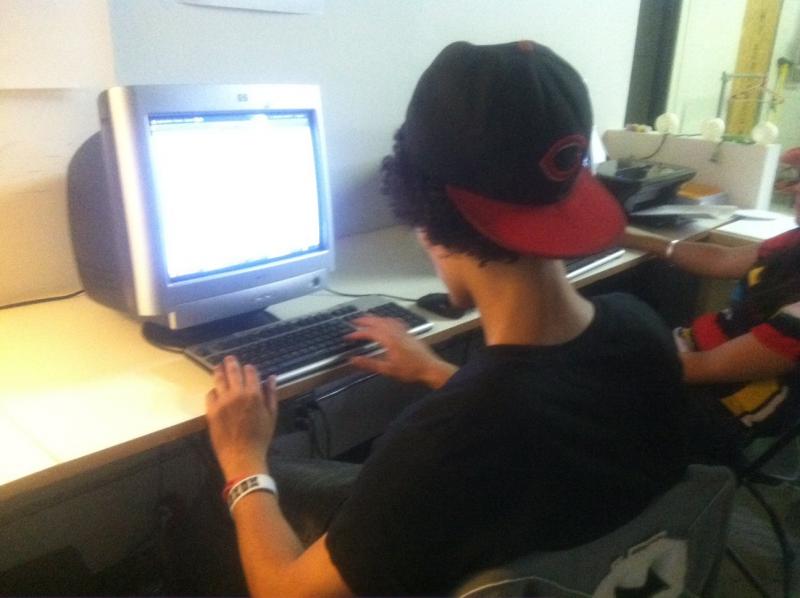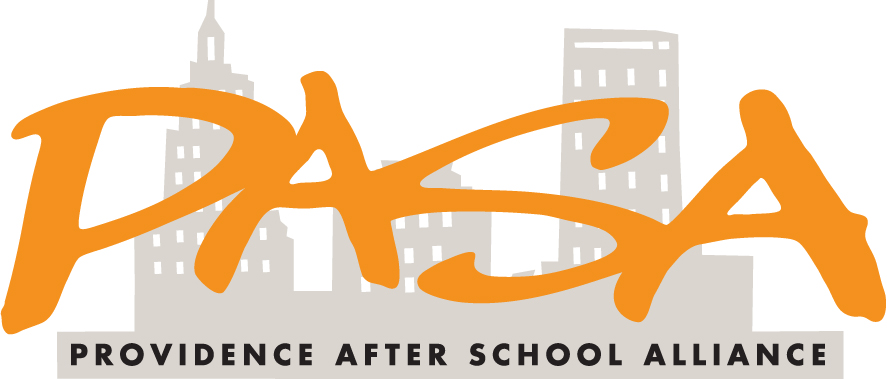

The Hub hired 2 students who completed our Web Development class to help build an Expanded Learning website. HTML coding starts now!
By Damian Ewens
There is a lot of conversation happening right now about how, when, why, and if educators should integrate technology into the classroom. Digital learning offers exciting new capacity as much as it offers challenges. New learning tools can provide real time analysis of student knowledge and critical thinking skills. Educators can adapt their content to better individually serve students according to their strengths and proficiency levels. Tom Vander Ark even goes so far as to suggest in his article 10 Things I’d Do Right Now as a Superintendent(www.gettingsmart.com) districts should place all AP courses online purely because the web offers the capacity to do so. Why offer only 6 AP courses when you can offer all AP courses?
At the same time challenges are present to incorporating digital learning as an educational tool. Many argue that digital learning takes away from the critical human interaction between teacher and student, and peer to peer learning. This is a matter of when and how digital tools are used. In the same way that today’s standardized tests do not paint a complete and accurate picture of a learner, digital learning is not the only way to learn but rather, a tool that can facilitate new ways of acquiring, sharing, analyzing and assessing learning wherever and whenever it happens.
Here in Providence there is a great array of digital learning happening for high school students in the after-school environment. The MIT-supported FabLab at AS220 provides tools and training for digital manufacturing, 3D printing, video and audio productions and more and Inspiring Minds offers a Build Your Own Computer Class. Youth organizations like Youth 4 Change, New Urban Arts, and The Hub are already making media and tech teams a key part of their structure, using multimedia content creation and social networking strategies to advance youth advocacy goals.
In the same way that advances in earlier technologies of writing instruments, printing, and communication unleashed new learning opportunities to generations past, today’s multimedia landscape offers many opportunities along with an array of challenges. New technologies allow for access to all types of knowledge at all times. It allows for niche learning communities to grow and thrive through online learning communities.
A student interested in medieval warfare is no longer constricted to the microfiche in his local library or to the regional museum an hour away. With today’s media tools, this student can take part in an infinite number of online groups that share information, collaborate in elaborate warfare games, and have access to all of the known information on medieval warfare in the world. Additionally, digital tools can document, share and assess learning onsite and in the moment. It can form meaningful connections to in-school learning and out-of-school time. Digital learning offers a fast-paced, real time game design-feel to learning opportunities that will outperform gold star sticker incentives.
Damian directs PASA’s high school initiative, The Hub, which supports an innovative, flexible and relevant citywide, expanded learning network that promotes and supports all high school aged youth in their career and college readiness, personal growth, community engagement and self-sustainability. Damian previously worked at Big Picture Learning where he managed the development and communications strategies while working directly with the founders on all strategic initiatives.
